creating an english garden border
mrtoad
12 years ago
Related Stories
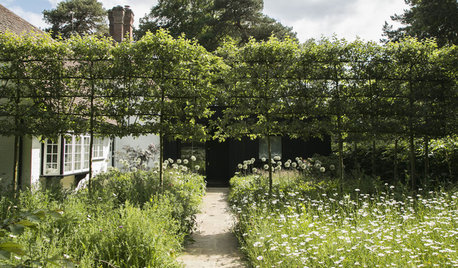
GARDENING AND LANDSCAPINGCrab Apple Trees Set Off a Stylish English Courtyard
A structure of pleached crab apple trees, bordered by a wildflower meadow, links a minimalist addition to an old house in Buckinghamshire
Full Story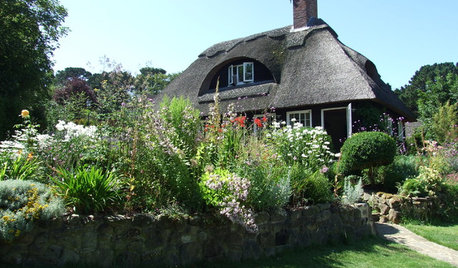
LANDSCAPE DESIGNHow to Create a Cottage-Style Garden
If you like an abundance of plants — and visits from birds, bees and butterflies — this may be the style of yard for you
Full Story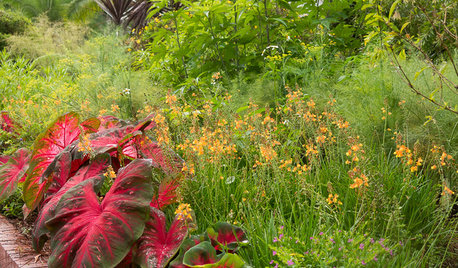
PLANTING IDEASGreat Garden Combo: Tropical Beauties for a Sun-Drenched Border
These standouts hold up in drought, heat and humidity — and their good looks hold up to scrutiny
Full Story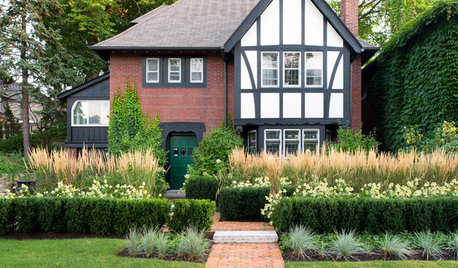
LANDSCAPE DESIGNHow Low Can Hedges Go? Discover Unusual Garden Borders
Short enough to step over, high enough to be a stretch ... check out these radically different hedge styles and tell us your opinion
Full Story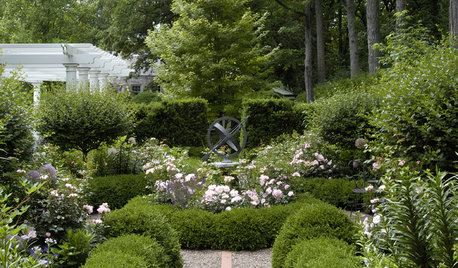
LANDSCAPE DESIGNDefine Your Garden Softly With Planted Borders
Why make things hard for your garden's edges? Embrace a softer side by trading brick and concrete for shrubs, grasses and ground covers
Full Story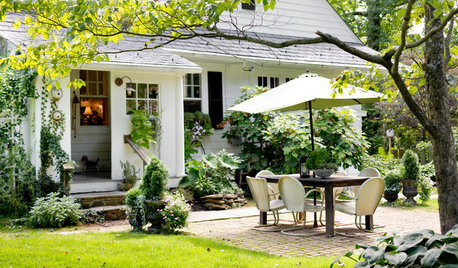
INSPIRING GARDENSMy Houzz: Lush Landscaping Creates an Idyllic, Personalized Garden
Explore this couple's gorgeous green landscape filled with collected finds and inviting places to gather
Full Story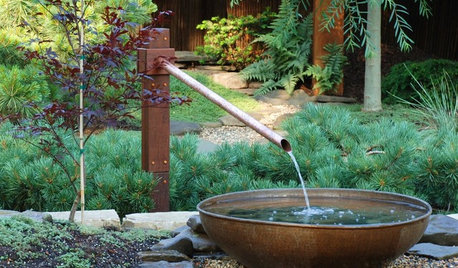
LANDSCAPE DESIGNBeautiful Noise: How to Create a Symphony in Your Garden
Take your surroundings to another level by introducing the element of sound with ground covers, water features and wind catchers
Full Story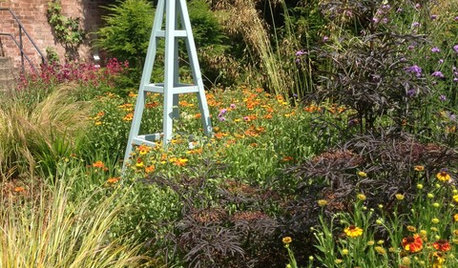
PLANTING IDEASModern Planting Ideas From a Historic English Garden
Low-maintenance, climate-fitting plants are just the beginning of the good things in this bishop’s updated garden
Full Story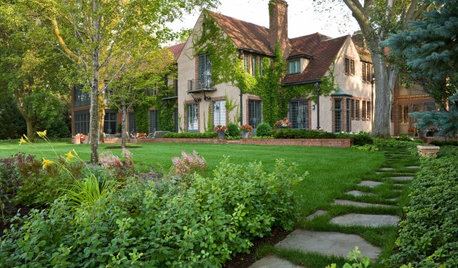
GARDENING GUIDESLay of the Landscape: English-Style Gardens
Stately and formal meet natural and romantic in English-inspired landscapes
Full Story





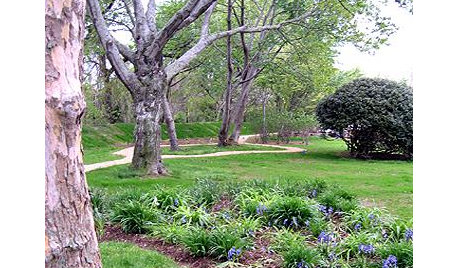
cyn427 (z. 7, N. VA)
mrtoadOriginal Author
Related Professionals
Benbrook Landscape Architects & Landscape Designers · La Marque Landscape Architects & Landscape Designers · Saint Louis Park Landscape Architects & Landscape Designers · Buford Landscape Contractors · Clermont Landscape Contractors · Bethel Park Landscape Contractors · Dinuba Landscape Contractors · Edinburg Landscape Contractors · Oakland Landscape Contractors · Palatine Landscape Contractors · Wentzville Landscape Contractors · Laurel Siding & Exteriors · Lafayette Siding & Exteriors · Saco Siding & Exteriors · Woodbridge Siding & ExteriorsLilyfinch z9a Murrieta Ca
cyn427 (z. 7, N. VA)
Calamity_J
Annie
hosenemesis
mrtoadOriginal Author
christinmk z5b eastern WA
hosenemesis
flora_uk
christinmk z5b eastern WA
mrtoadOriginal Author
mrtoadOriginal Author
Annie
flora_uk
lavender_lass
Annie
Annie
hosenemesis
mrtoadOriginal Author
Annie
flora_uk
Annie
Annie
mrtoadOriginal Author
Annie